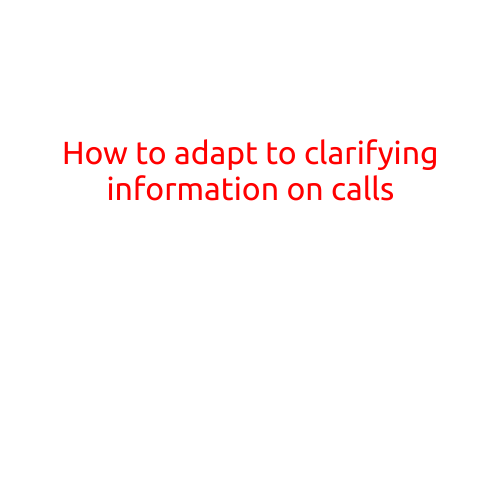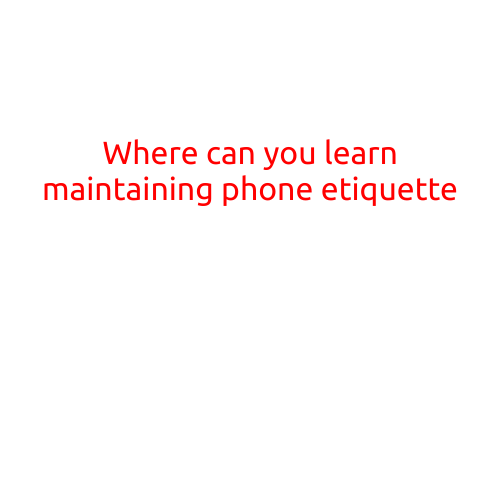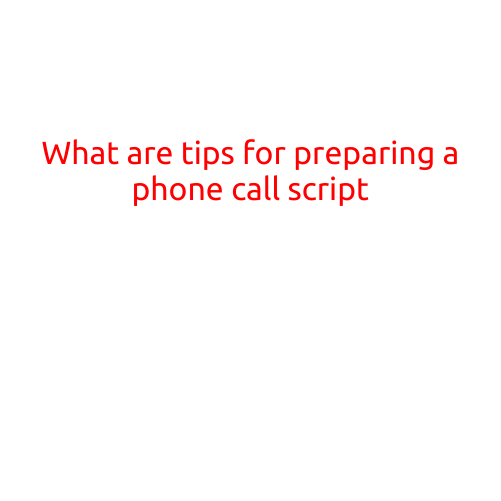
How to Adapt to Clarifying Information on Calls
As a professional, you’re likely no stranger to the art of giving and receiving information over the phone. Whether you’re a customer service representative, a sales expert, or a telehealth provider, effective communication is key to resolving issues, building relationships, and achieving success. However, sometimes, things don’t quite go as planned, and you find yourself in a situation where you’re forced to clarify information on a call. In this article, we’ll explore why clarifying information is important, and more importantly, provide you with practical tips on how to adapt to it like a pro.
Why Clarifying Information is Important
Clarifying information on a call is crucial for several reasons:
- Avoids Misunderstandings: When you’re on a call, it’s easy to mishear or misinterpret what the other person is saying. Clarifying information helps ensure that you understand the issue correctly, reducing the likelihood of misunderstandings that can lead to frustration and wasted time.
- Builds Trust: When you take the initiative to clarify information, you demonstrate your commitment to getting things right and your willingness to listen. This helps build trust with the caller, who is more likely to feel comfortable sharing their concerns and working with you to resolve the issue.
- Saves Time: Clarifying information upfront can save both you and the caller time in the long run. By ensuring you understand the issue correctly, you can address it more efficiently, reducing the need for follow-up calls or additional questions.
Tips for Adapting to Clarifying Information on Calls
Now that we’ve highlighted the importance of clarifying information, let’s dive into some practical tips for adapting to it like a pro:
- Listen Actively: When the caller starts speaking, give them your undivided attention. Repeat back what you’ve heard in your own words to ensure you understand the issue correctly. This shows that you’re engaged and willing to listen.
- Ask Open-Ended Questions: Encourage the caller to share more information by asking open-ended questions that can’t be answered with a simple “yes” or “no.” This helps you gather more context and clarify any misunderstandings.
- Paraphrase and Summarize: As the conversation progresses, paraphrase and summarize what you’ve heard to ensure you understand the issue correctly. This also helps the caller feel heard and valued.
- Take Notes: Take notes during the call to keep track of important details and clarify any questions or concerns. This helps you stay focused and ensures that you don’t miss important information.
- Don’t Be Afraid to Ask for Clarification: Don’t be afraid to ask for clarification if you’re unsure about something. Apologize for any confusion and ask the caller to provide more information.
- Use Positive Language: When addressing the issue, use positive language to focus on solutions rather than problems. This helps maintain a positive tone and encourages the caller to work collaboratively with you to resolve the issue.
- Follow Up: After the call, follow up with an email or a subsequent call to ensure that the issue has been resolved to the caller’s satisfaction. This helps build trust and ensures that the issue doesn’t resurface in the future.
Conclusion
Adapting to clarifying information on calls requires active listening, effective questioning, and a willingness to ask for clarification. By following these tips, you can ensure that you understand the issue correctly, build trust with the caller, and achieve successful outcomes. Remember, clarifying information is not a sign of weakness, but rather a sign of professionalism and a commitment to getting things right.





